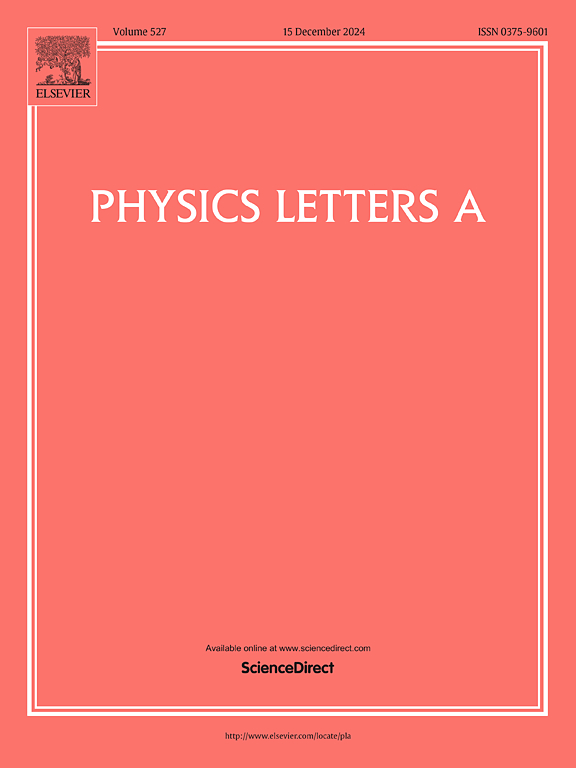激光和静电场中Landau-Lifshitz方程的解
IF 2.3
3区 物理与天体物理
Q2 PHYSICS, MULTIDISCIPLINARY
引用次数: 0
摘要
激光强度达到1023 W/cm2时,辐射反应开始显著影响激光场内的电子运动。在真空中,运动通常用考虑激光场的朗道-利夫希茨方程的解来描述。等离子体是激光与物质相互作用中最常见的场景,在等离子体中,电子运动受激光场以及通过等离子体响应的静电场和磁场的控制。在这里,我们从理论上研究了电子在辐射反应中的运动,同时考虑了激光场和静电场的存在。我们用调和平衡法求解了Landau-Lifshitz方程。该方案以单粒子模拟为基准,当QED参数χ <;1时,差异小于5%。我们发现,当同时考虑激光场和静电场时,与单独考虑每个场时相比,电子运动有显著差异。当静电场与激光传播方向相同时,电子运动类似于平面波情况下的洛伦兹方程,并且在电场强度的控制下具有稳定的消相速率。这提供了一种控制电子能量通过辐射反应传播的方法。当静电场与激光传播方向相反时,电子运动趋向于洛伦兹方程,消相速率降低。我们的结果有助于研究激光与等离子体相互作用中的辐射反应效应,其中等离子体响应产生的静电场不可忽视。本文章由计算机程序翻译,如有差异,请以英文原文为准。
Solution to the Landau–Lifshitz equation in laser and electrostatic fields
Laser intensity of has been available recently, at which radiation reaction begins to significantly influence electron motion within the laser field. In vacuum, the motion is typically described by solutions to the Landau-Lifshitz equation considering a laser field. In plasma, which is the most common scenario in laser-matter interactions, electron motion is governed by the laser field as well as static electric and magnetic fields through plasma response. Here, we theoretically investigate electron motion in the radiation reaction regime, considering the presence of both laser and electrostatic fields. We solve the Landau-Lifshitz equation using the harmonic balance method. The solution is benchmarked against single-particle simulation and the differences are less than 5% when the QED parameter . We find that there is a significant difference in electron motion when considering both the laser field and the electrostatic field simultaneously, compared to when considering each field separately. When the electrostatic field and the laser propagation direction are the same, the electron motion resembles the one described by the Lorentz equation in the plane-wave case with a stable dephasing rate controlled by the field strengths. This provides a way to control the electron energy spread via the radiation reaction. While the electrostatic field and the laser propagation direction are opposite, the electron motion approaches the one described by the Lorentz equation with a lowered dephasing rate. Our results contribute to investigating the radiation reaction effect in laser-plasma interactions where the electrostatic fields generated via plasma response cannot be ignored.
求助全文
通过发布文献求助,成功后即可免费获取论文全文。
去求助
来源期刊

Physics Letters A
物理-物理:综合
CiteScore
5.10
自引率
3.80%
发文量
493
审稿时长
30 days
期刊介绍:
Physics Letters A offers an exciting publication outlet for novel and frontier physics. It encourages the submission of new research on: condensed matter physics, theoretical physics, nonlinear science, statistical physics, mathematical and computational physics, general and cross-disciplinary physics (including foundations), atomic, molecular and cluster physics, plasma and fluid physics, optical physics, biological physics and nanoscience. No articles on High Energy and Nuclear Physics are published in Physics Letters A. The journal''s high standard and wide dissemination ensures a broad readership amongst the physics community. Rapid publication times and flexible length restrictions give Physics Letters A the edge over other journals in the field.
 求助内容:
求助内容: 应助结果提醒方式:
应助结果提醒方式:


